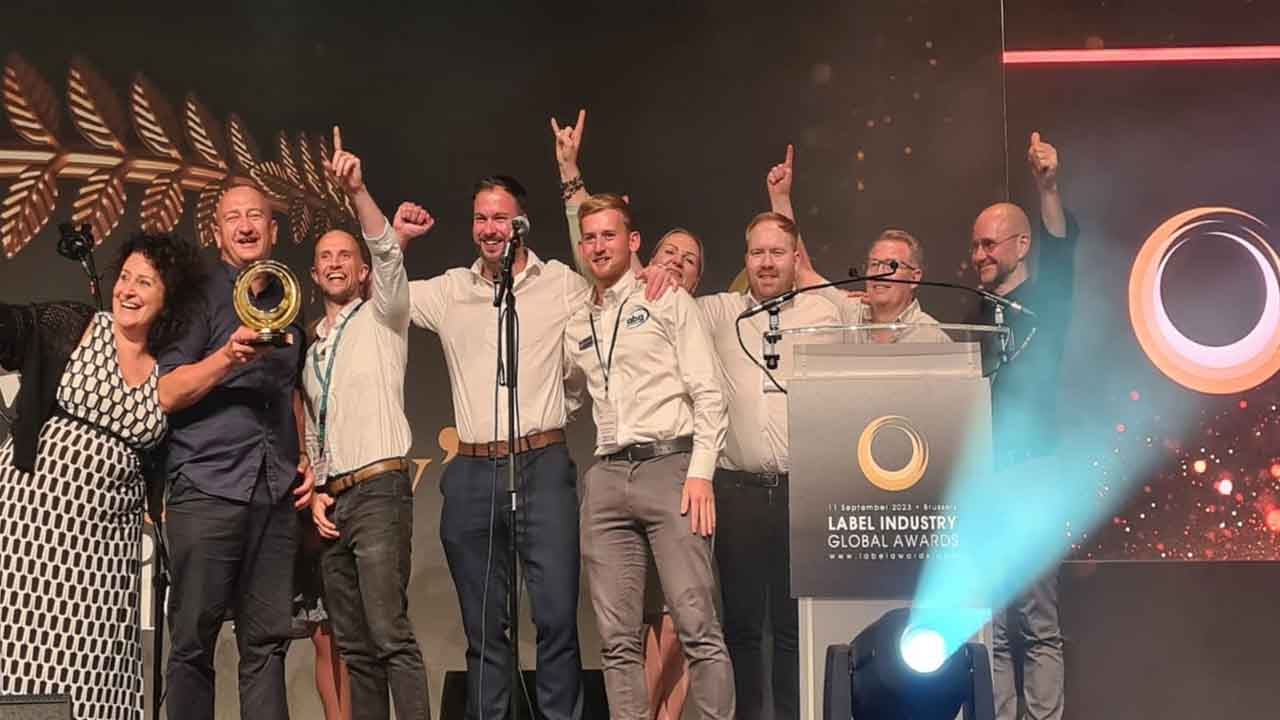Growth potential for small format presses

Christian Knapp, managing director of KBA UK, says the global downturn has served to accelerate the trend to shorter, more frequent, print runs and a resurgence in the market for B1 carton presses
Large format presses are undeniably the official technology in today’s packaging production and PoS sectors. That said, the adverse economic conditions of recent years, and consequent dampening of confidence, have served to accelerate the trend towards shorter, more frequent, print runs. This has brought the medium format B1 presses into contention.
The B1 format benefits from its cross-sector appeal, and it is here that manufacturers are most likely to achieve a return on their expensive R&D initiatives. So, for example, many of the innovations that flow from KBA’s consistency in the table of patent applications are premiered on its new B1 Rapida 106 press (pictured below).

Optimum performance, scheduling flexibility and cost efficiency are all vital press requirements for package printing operations seeking ways to remain profitable and competitive. That is why research has concentrated heavily on creating an array of feature-rich additions to the new press, which make it more competitive and attractive to carton printers.
Developments in the latest generation of presses has focused on cutting B1 make ready times, quicker turnaround, and continuing to improve the range of DriveTronic components that enable faster, smoother and more efficient production.
At the forefront of improved productivity there is the intelligent software-based solution that supports simultaneous plate changing in less than 60 seconds, regardless of the number of printing units. To highlight the commercial benefit of this technology, we can demonstrate an eight-color press, producing a total of 17 unique four over four-color jobs, each with 500 saleable sheets, in one hour.
More than just headline grabbing, this technology can deliver very real time and cost savings by enabling converters to produce an array of jobs quickly and economically.
Flying job change is another technological development that enables carton printers to boost their productivity. It allows plates to be changed on dormant units while the press continues to print its current job.
The new plates are then sequenced into production at full running speed, with as few as 20 waste sheets. This results in significant production gains – especially as runs become shorter and shorter.
This technology is perfect for multiple language versions. For example, on a six-color B1 press, with the process colors for the layout and images on the first four printing units, different language texts can be printed on the fifth and sixth units.
Valuable time savings are also made by the new CleanTronic Synchro washing system that allows the blanket and impression cylinders to be washed simultaneously. This cuts washing time by three minutes.
Also suited to carton production are developments such as VariDry. This interchangeable and flexible drying system has lamps that can be dedicated to the units for which they are required, and then quickly and simply changed over without losing any production time.
A reduction in energy consumption is actively pursued and, as such, we are looking at ways to switch off the UV lamps between sheets. Depending on the sheet size, this could cut energy consumption by as much as 30 percent.
Substrate flexibility has always been one of the key benefits of large format presses and this is also a major feature of the B1 presses. The large format presses can run grades from 80gsm up to 1.6mm while the B1 presses offer a range from 40gsm to 1.2mm – subject to press options.
Quality assurance offers brand integrity, while reducing operating hours as well as substrate and consumable waste. There are a number of dedicated systems available such as Plate Ident that ensures the right plate is on the right unit. It reads its position and preregisters it before the first pull, speeding up make ready and eliminating the possibility of the plate being loaded in the wrong unit. This is especially important in a sector where Pantone colors – for brands – are common.
Printers can also utilize QualiTronic, which features a camera capable of scanning each sheet at over three million pixels of resolution, and matching it for content and print quality against a master sheet, while in full production speed of 18,000 sheets per hour.
QualiTronic Inspect automatically tags, ‘off-spec sheets’, which can subsequently be ejected automatically in die-cutting or folder gluer machines, provided they have the relevant capability and QualiTronic Professional.
This technology incorporates an in-line density measurement and control system that initially takes approx. 60 sheets to normalize density during make ready and then ensures accurate color control during the production run.
Downtime can be reduced and jobs per shift increased significantly thanks to DriveTronic SIS infeed. It reduces make ready time by dispensing with setting and marking, and has a tolerance range of ±7mm (0.27in), more than any other pull system. This reduces the risk of stoppages, and because the sheets are not pulled sideways, there are no leading-edge errors or tearing.
Stay up to date
Subscribe to the free Label News newsletter and receive the latest content every week. We'll never share your email address.

